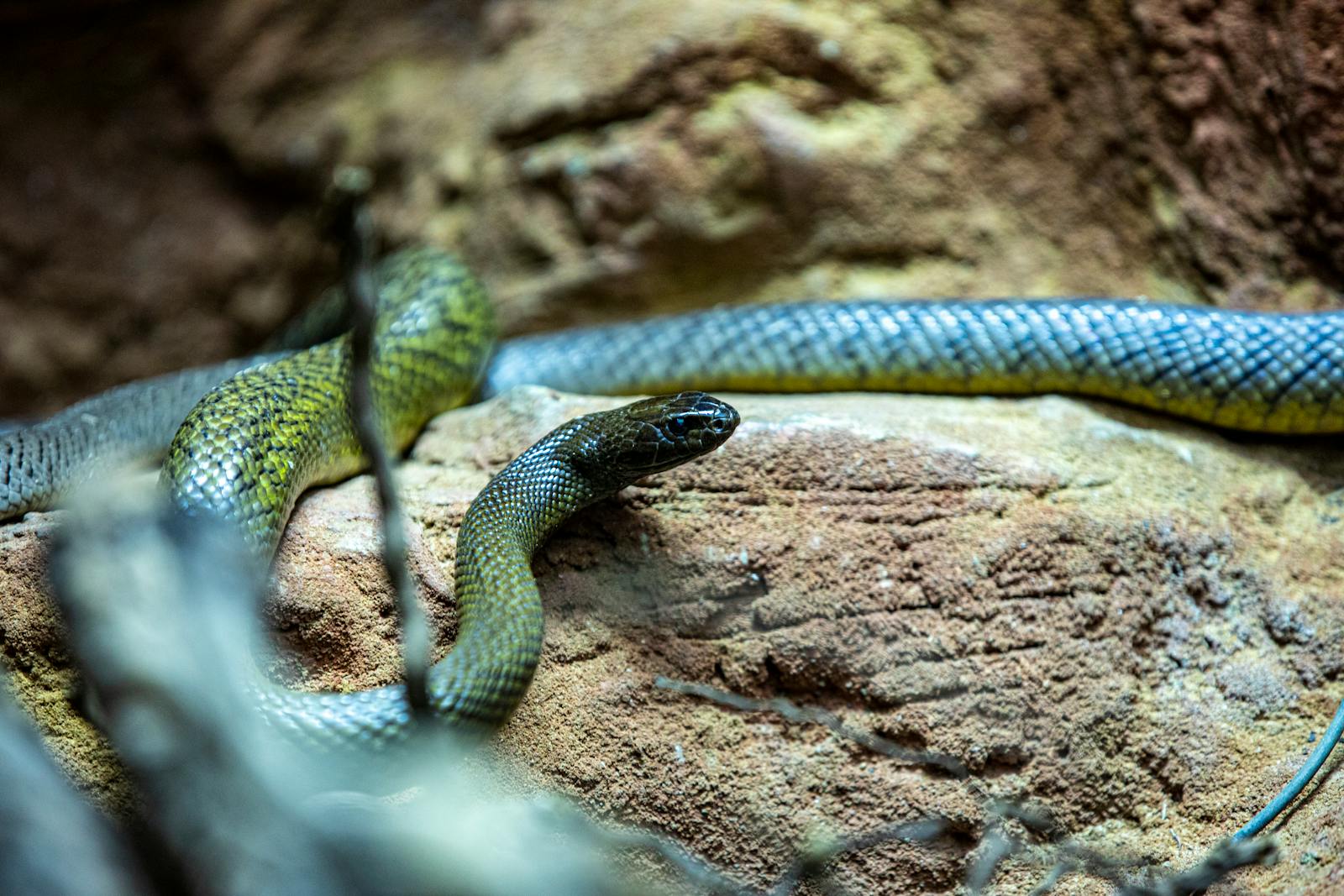Evolution has gifted the animal kingdom with remarkable adaptations, but few are as visually striking or biologically fascinating as a snake that can gradually change its coloration to match its prey. While no snake literally adopts the exact color of its prey over time in the way chameleons adapt to their surroundings, several species do demonstrate fascinating relationships between their diet and their coloration. This article explores the complex relationship between snake diet and coloration, examining the science behind these incredible adaptations, the species that display these characteristics, and the evolutionary advantages they confer.
The Science of Snake Coloration
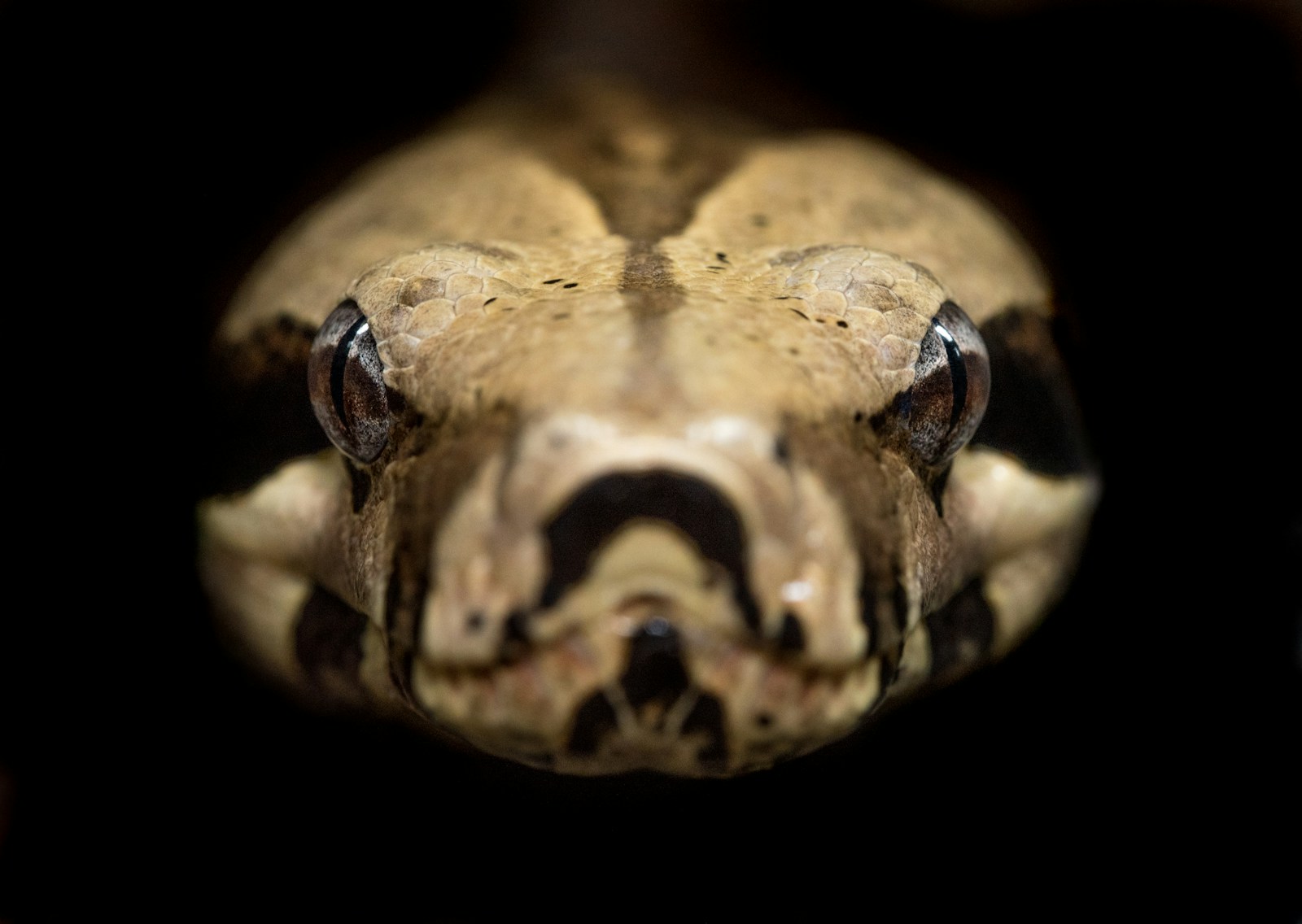
Snake coloration primarily stems from specialized cells called chromatophores that contain various pigments beneath their scales. Unlike chameleons that can rapidly change color through the expansion and contraction of these cells, snakes typically undergo color changes through more gradual processes. These changes might occur during growth phases, seasonal transitions, or in response to environmental factors. The relationship between diet and coloration in some snake species represents a fascinating intersection of genetics, physiology, and evolutionary adaptation. Scientists studying these patterns have discovered that while no snake literally transforms to match its prey’s exact appearance, several species do exhibit diet-related color variations that have significant ecological implications.
Diet-Linked Color Development in Keelback Snakes
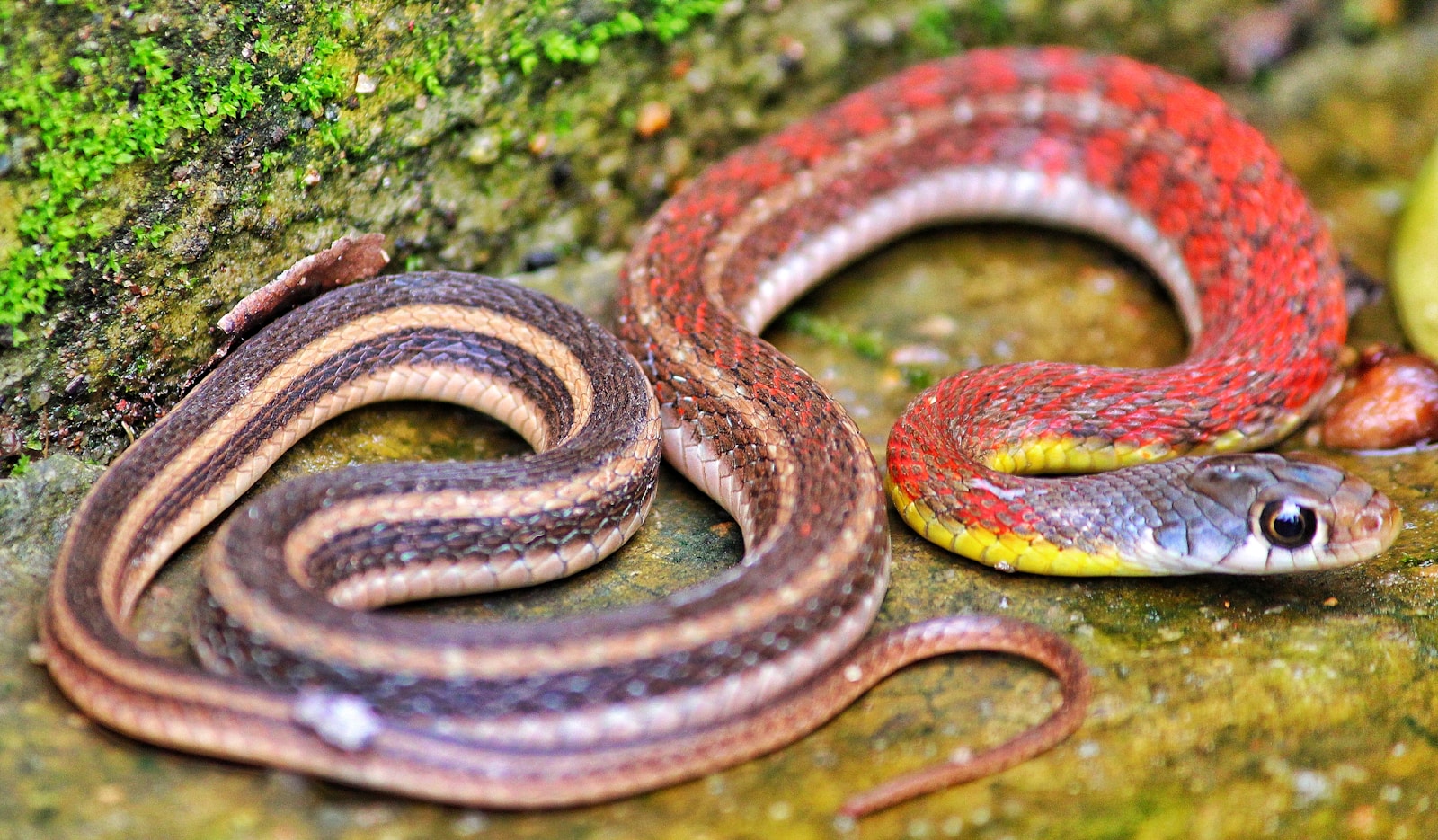
The Japanese keelback snake (Rhabdophis tigrinus) offers one of the most intriguing examples of diet influencing coloration. These remarkable reptiles incorporate toxins from the toads they consume into their own defense systems, and researchers have observed that individuals with toad-heavy diets often develop more vibrant warning coloration. The snake doesn’t match the toad’s color exactly, but rather develops more intense versions of its yellow and red markings in proportion to the toxins accumulated. This adaptation serves as a powerful warning signal to potential predators that the snake has become poisonous. The relationship demonstrates how dietary choices can translate into protective visual changes that enhance survival prospects.
The Tiger Keelback’s Toxic Transformation
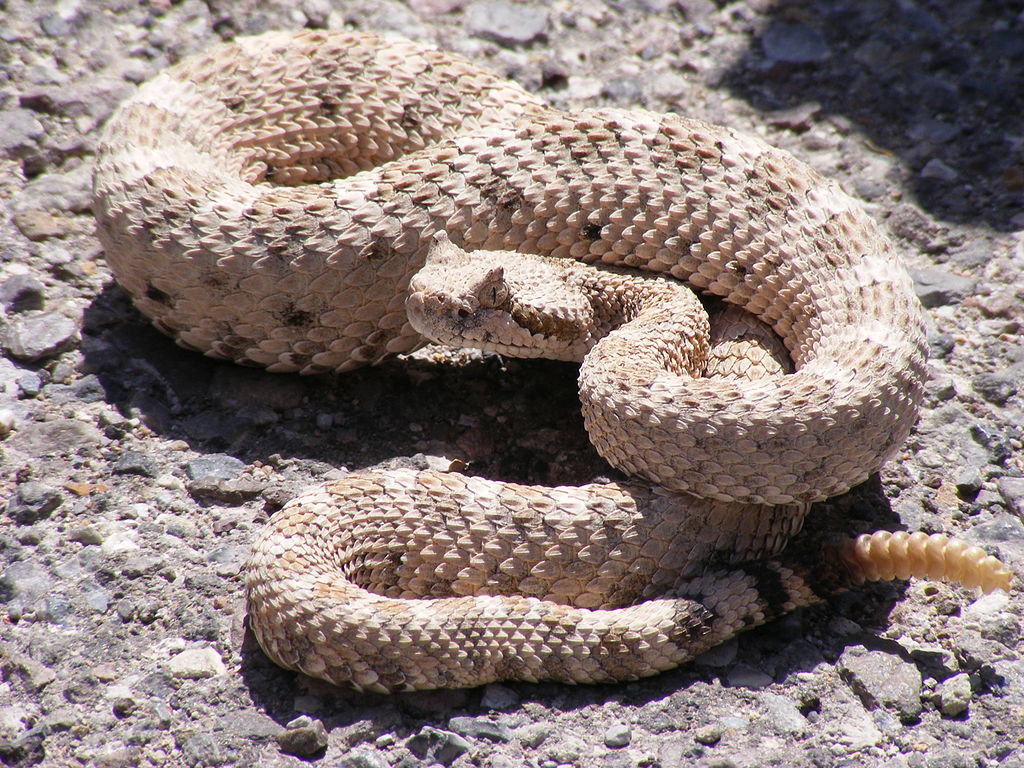
Building on the keelback example, the tiger keelback possesses specialized nuchal glands that store bufadienolides, toxic compounds acquired exclusively from consuming toads. Research has shown a direct correlation between the amount of these toxins and the intensity of the snake’s coloration. Specimens with higher toxin loads display more prominent and vibrant patterns, effectively advertising their dangerous nature. This phenomenon represents what scientists call “honest signaling” – the snake’s exterior appearance accurately reflects its internal toxic status. When young tiger keelbacks begin consuming toads, both their toxicity and the intensity of their warning coloration increase proportionally, creating a fascinating feedback loop between diet and appearance.
The Indigo Snake’s Carotenoid Connection
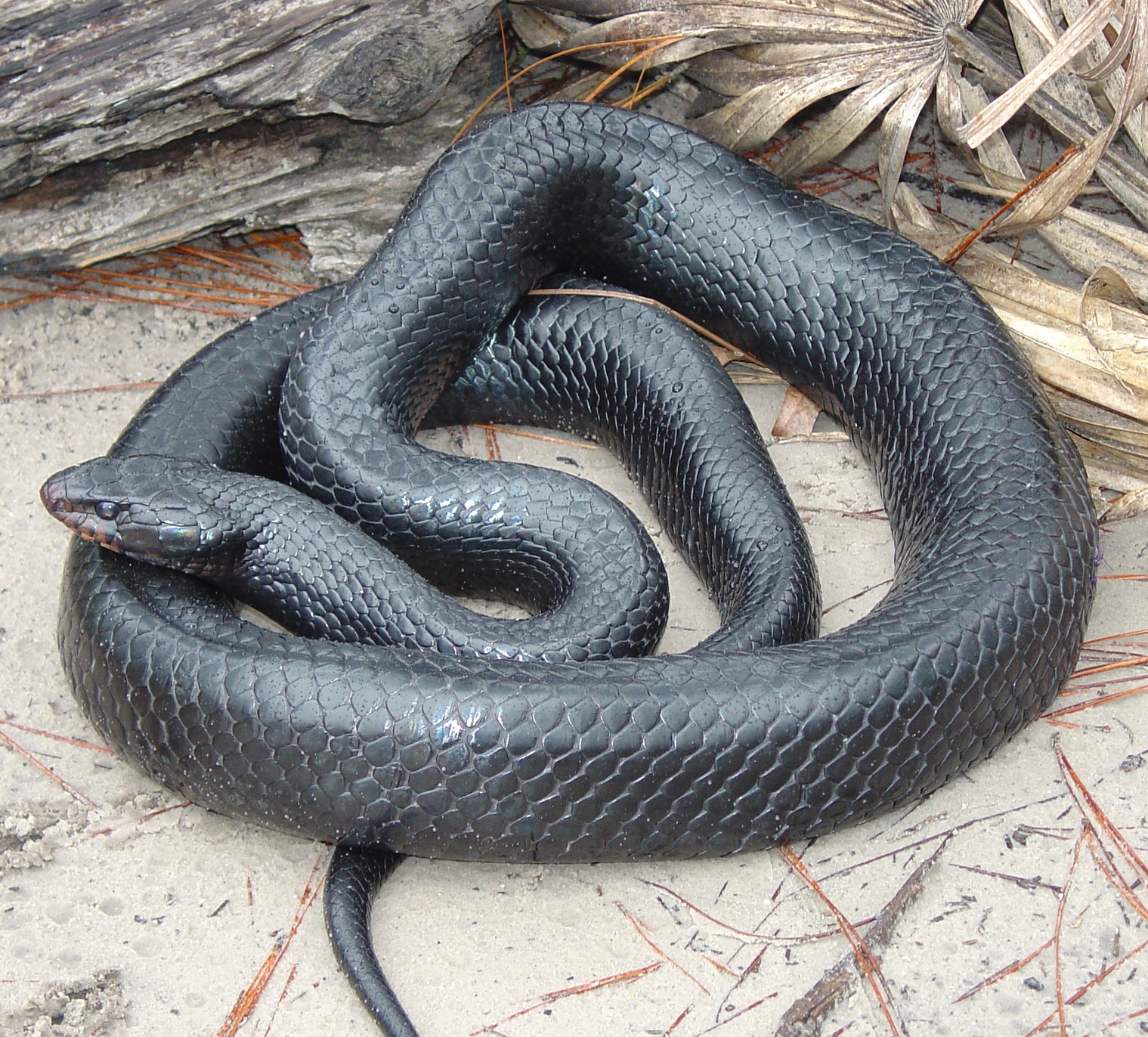
The eastern indigo snake (Drymarchon couperi) demonstrates another mechanism by which diet can influence coloration. These glossy, dark-colored snakes consume prey rich in carotenoid pigments, including certain bird eggs and colorful insects. Research has shown that individuals with diets higher in these carotenoid-rich prey items often develop more intense blue-black iridescence in their scales. The carotenoid compounds are metabolized and integrated into the snake’s tissues, enhancing the structural coloration that gives these snakes their characteristic sheen. While not technically changing to match their prey, these snakes clearly demonstrate how dietary components can be incorporated into their appearance over time.
Green Tree Pythons and Ontogenetic Color Change
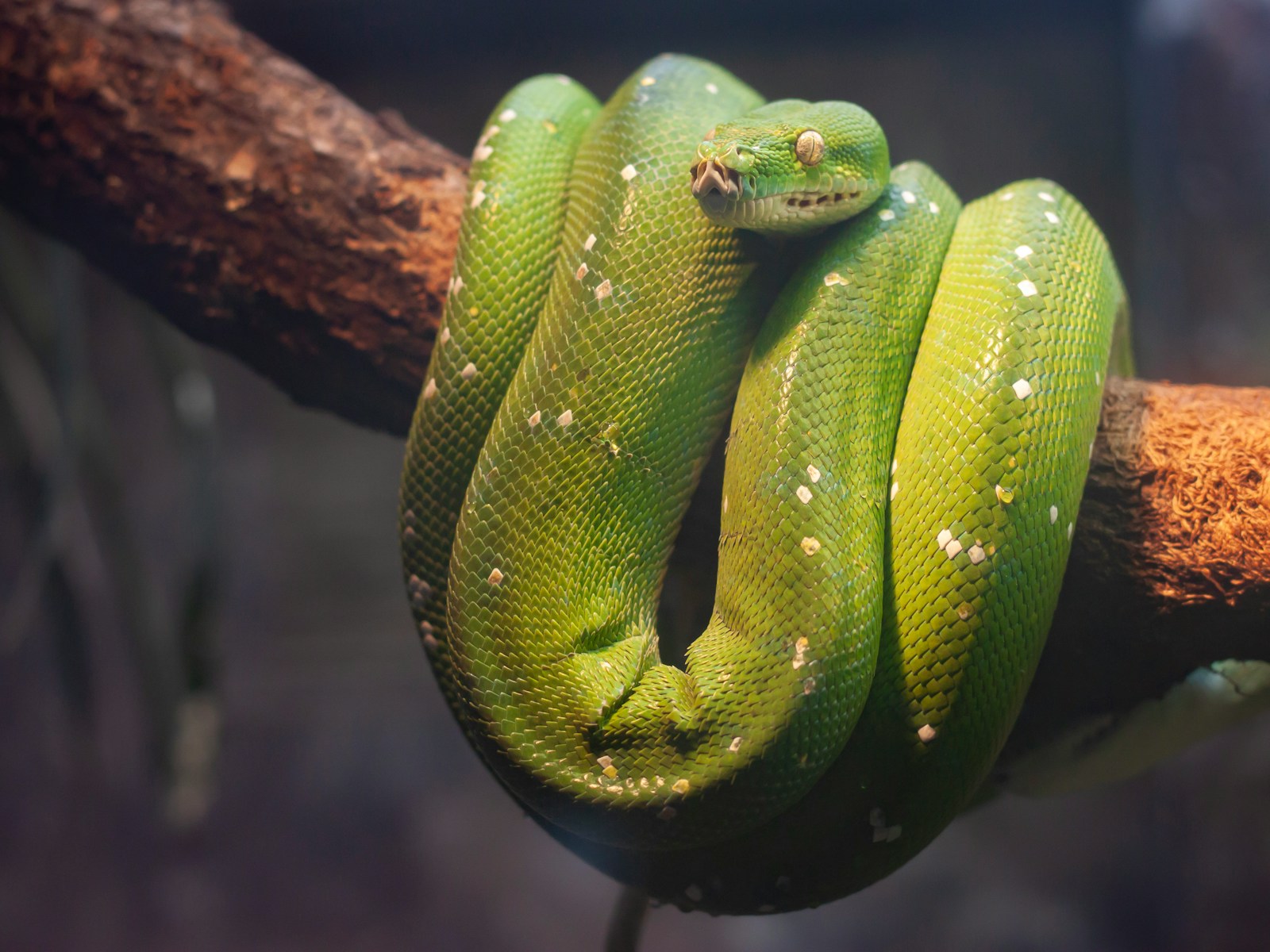
One of the most dramatic color transformations occurs in the green tree python (Morelia viridis), which undergoes an ontogenetic color change as it matures. Juvenile specimens typically hatch as either bright yellow or brick red individuals, but transform to a vivid green as adults. This transformation coincides with a dietary shift from primarily consuming small mammals as juveniles to incorporating more birds in their adult diet. While the color change is genetically programmed rather than directly caused by diet, the timing aligns with their ecological niche transition. The yellow or red juvenile coloration provides camouflage in the lower forest levels, while the adult green coloration offers superior concealment among the canopy foliage where they hunt for birds.
The Remarkable Case of Pantherophis Guttatus
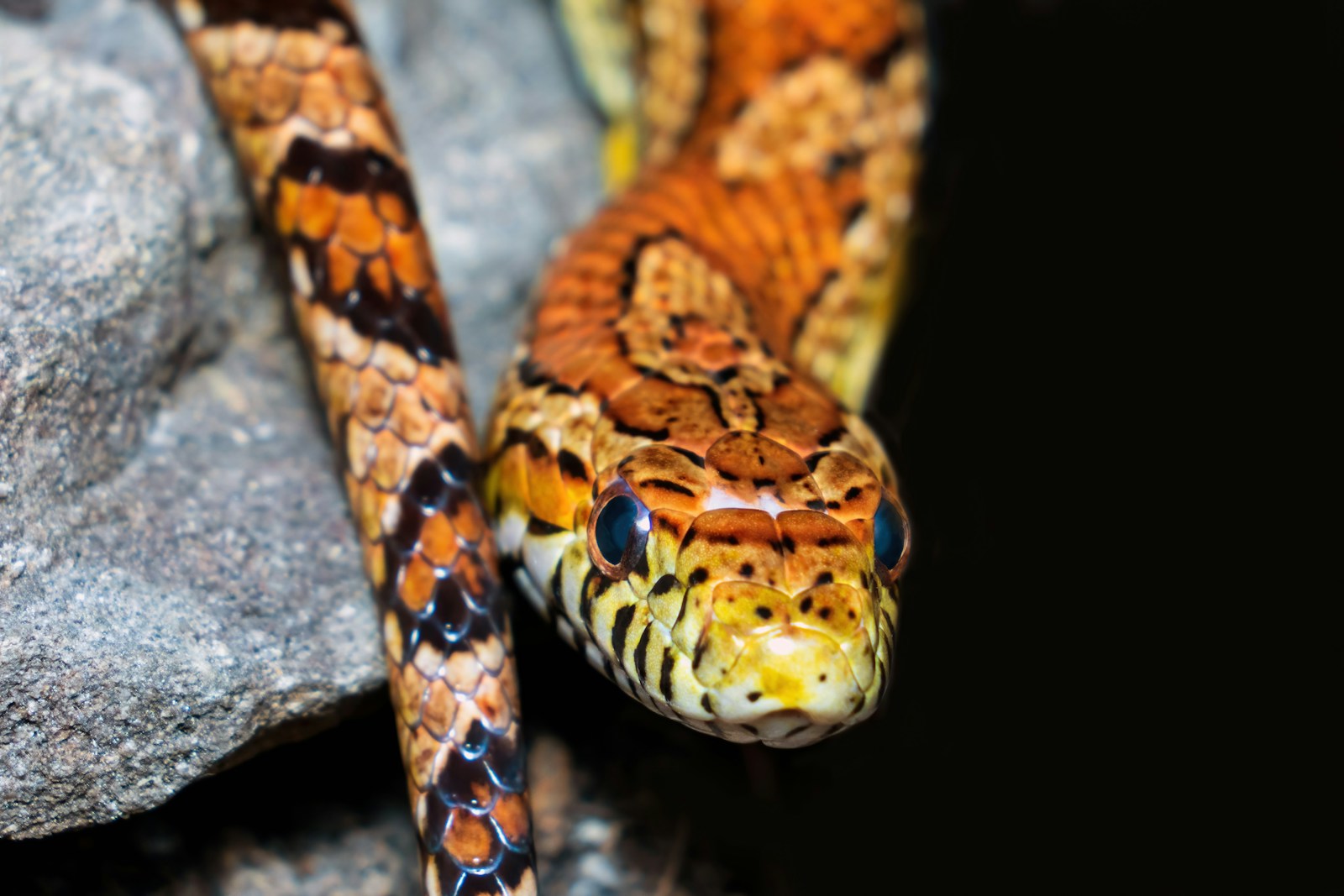
The corn snake (Pantherophis guttatus) displays notable variation in coloration that can be influenced by dietary factors. Research has demonstrated that specimens fed on diets rich in specific nutrients develop more vibrant red and orange pigmentation compared to those with nutritionally deficient diets. These differences stem from the snake’s ability to metabolize and incorporate carotenoid pigments from their prey into their skin cells. While not adopting the exact color of their prey, these snakes show how nutritional components from diet can directly impact their appearance. Breeders have leveraged this knowledge to enhance certain color morphs through specialized feeding regimens that maximize carotenoid intake.
Dietary Melanin and Snake Pigmentation
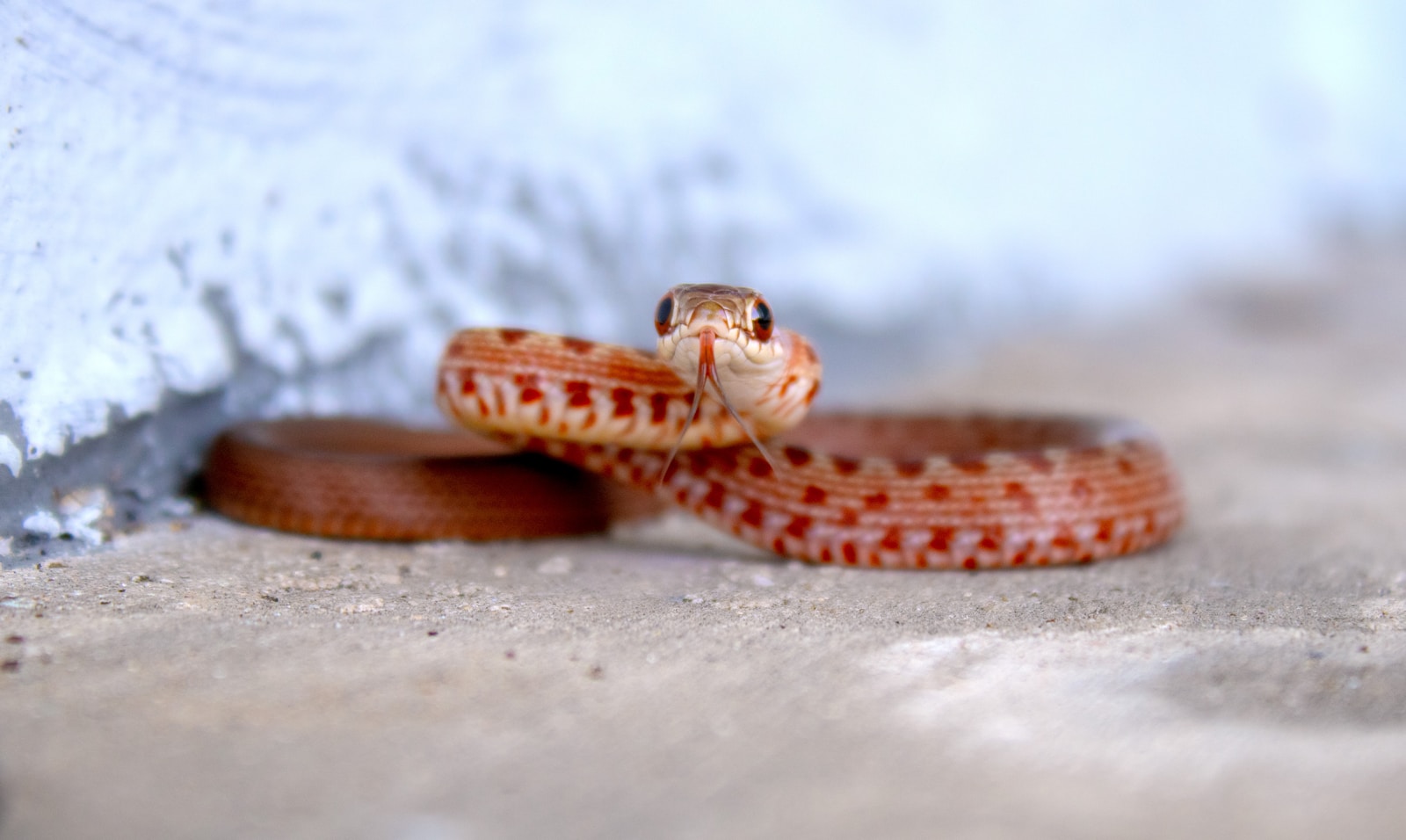
Some snake species show variations in melanin production based on dietary composition, particularly the intake of certain amino acids like tyrosine and phenylalanine. These amino acids serve as precursors to melanin, the pigment responsible for dark coloration in scales. Snakes consuming prey with higher concentrations of these amino acids may develop deeper, more intense dark patterns over time. This relationship has been observed in several species, including certain populations of rat snakes and kingsnakes. While not a literal adoption of prey coloration, it demonstrates how chemical components from diet can translate into visual changes in the predator. The effect is particularly noticeable when comparing wild specimens to captive individuals fed on limited diets.
The Evolutionary Advantages of Diet-Linked Coloration
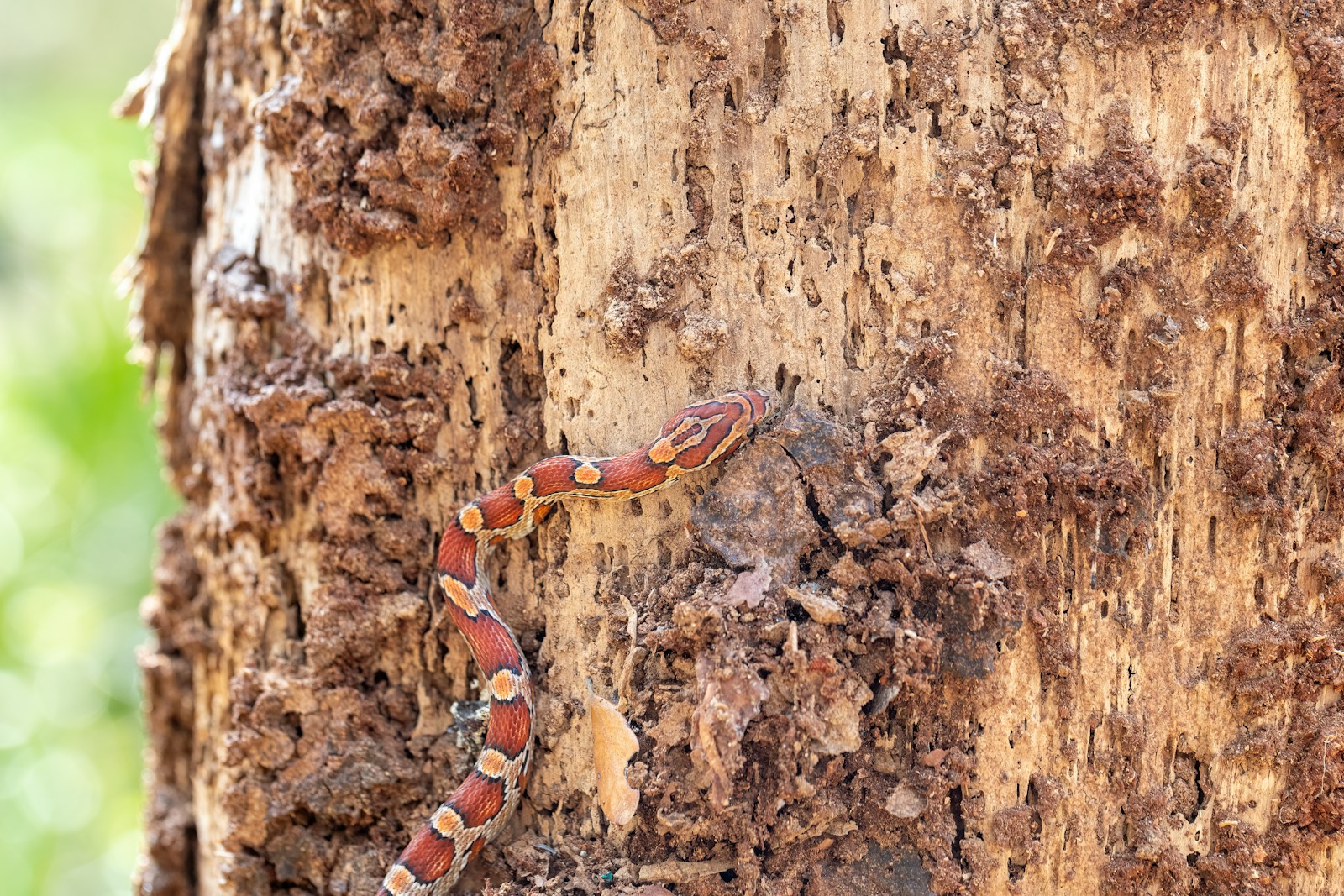
From an evolutionary perspective, any connection between diet and coloration offers significant adaptive advantages. Snakes that develop warning coloration in proportion to their toxicity can effectively deter predators without wasting energy on excessive displays when toxin levels are low. Similarly, species that incorporate carotenoids or other pigments from their diet into their camouflage patterns may achieve more effective concealment in their specific habitat. These adaptations represent sophisticated solutions to the eternal challenges of predator avoidance and hunting efficiency. The relationship between diet and coloration also allows for greater phenotypic plasticity within populations, enabling better adaptation to changing environmental conditions without requiring genetic mutations.
Diet-Related UV Reflectance Patterns
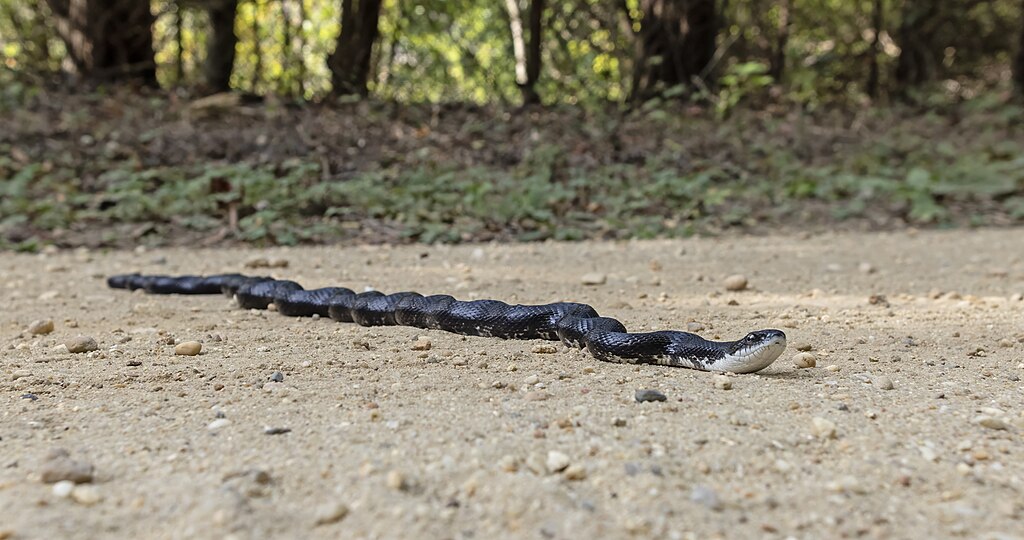
Recent research using ultraviolet photography has revealed that many snakes possess coloration patterns invisible to the human eye but visible to other animals with UV vision. Fascinatingly, these UV patterns can be influenced by dietary components, particularly in species that sequester certain compounds from their prey. For example, some colubrid snakes that feed on amphibians rich in specific alkaloids develop enhanced UV-reflective properties on their scales. While appearing unchanged to human observers, these snakes may look dramatically different to birds and other predators with UV vision. This hidden dimension of diet-related coloration adds another layer of complexity to our understanding of predator-prey relationships and visual signaling in reptiles.
Geographic Diet Variations and Color Morphs

Snake species with wide geographic distributions often show regional color variations that correlate with differences in available prey. The California kingsnake (Lampropeltis californiae) provides an excellent example, with populations developing different band widths and background colors that optimize camouflage in their specific habitats and align with regional dietary preferences. Coastal populations that consume more rodents often display coloration that blends better with forest floor environments, while desert populations show adaptations suited to their different prey base and habitat. These geographic variations demonstrate how diet and habitat together shape coloration through natural selection processes. The remarkable diversity of color morphs within single species offers a natural experiment in adaptive coloration.
Captive Breeding Implications

The relationship between diet and coloration has significant implications for captive breeding programs and the pet trade. Breeders have discovered that certain feeding regimens can enhance or suppress particular color traits in captive snakes. For example, increased carotenoid content in feed can intensify red and orange hues in corn snakes, while specific amino acid profiles might enhance black pigmentation in other species. These discoveries have led to specialized diet formulations designed specifically to maximize color vibrancy in captive specimens. However, ethical considerations arise when these practices prioritize aesthetic appeal over nutritional completeness, potentially compromising the long-term health of the animals for visual impact.
Misconceptions and Mythological Perspectives
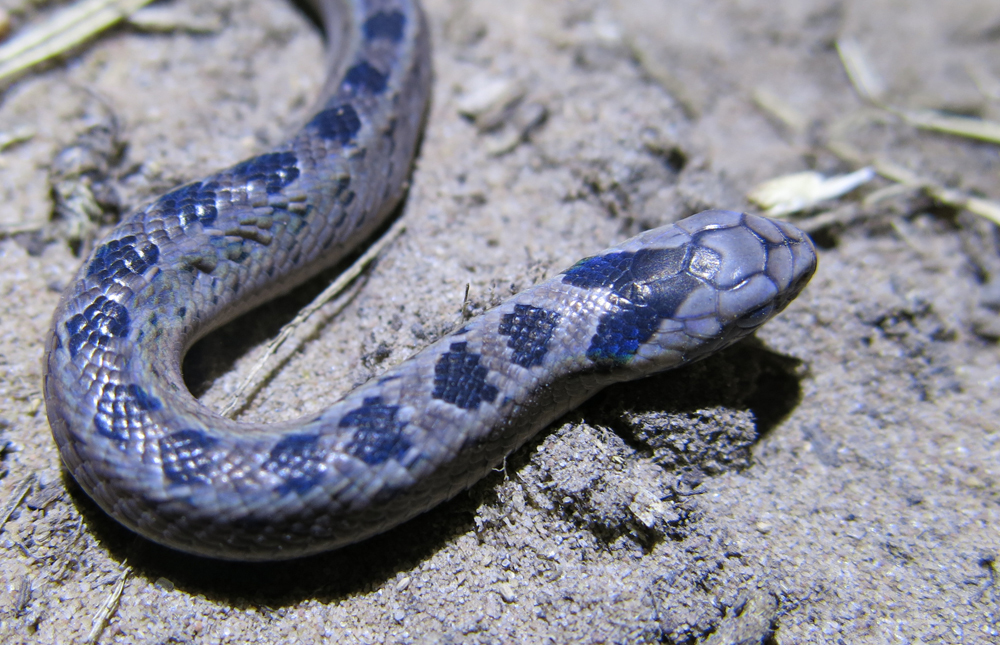
Throughout history, various cultures have attributed magical or supernatural properties to snakes that appear to change color. Many folk traditions include stories of snakes that adopt the appearance of whatever they eat, likely inspired by observations of natural color variations or seasonal changes in wild populations. The ancient Greek writer Aelian described serpents that could change color at will, while various Asian mythologies feature shape-shifting snake deities. These cultural perspectives reflect humanity’s enduring fascination with snake coloration and its mysterious variability. While modern science has provided explanations for most color phenomena in snakes, these myths highlight how compelling these adaptations appear even to casual observers.
Future Research Directions
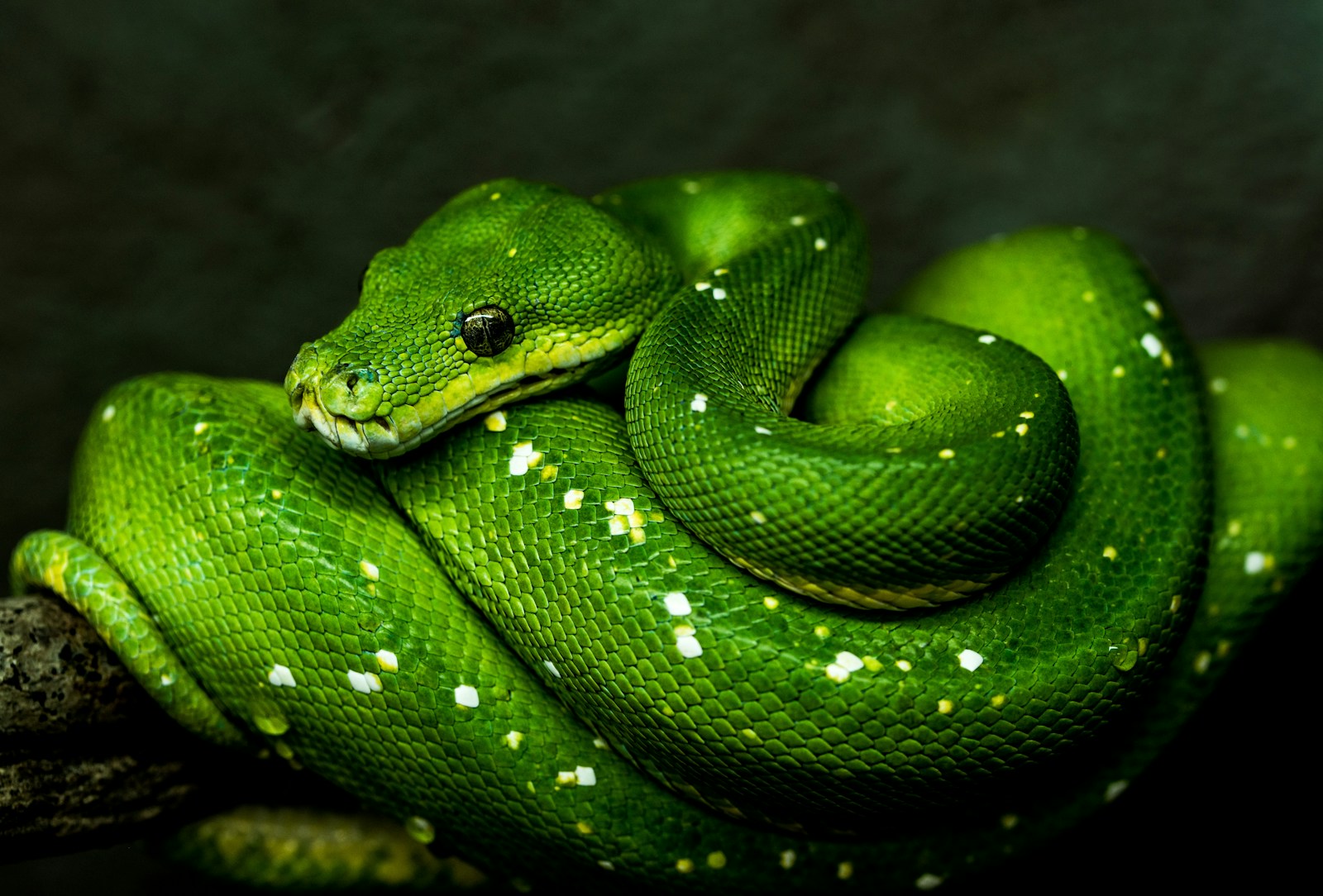
The relationship between snake diet and coloration remains a fertile area for scientific research. Emerging technologies like spectrophotometry and advanced genetic analysis are allowing researchers to identify previously undetectable connections between nutritional components and pigmentation development. Scientists are particularly interested in understanding the genomic mechanisms that allow some species to incorporate dietary compounds into their coloration while others cannot. Additionally, climate change may alter prey availability and composition, potentially impacting the dietary influences on snake coloration in the wild. Long-term studies tracking these potential shifts could provide valuable insights into adaptation processes and ecological relationships in changing environments.
Conclusion: The Complex Truth Behind the Myth
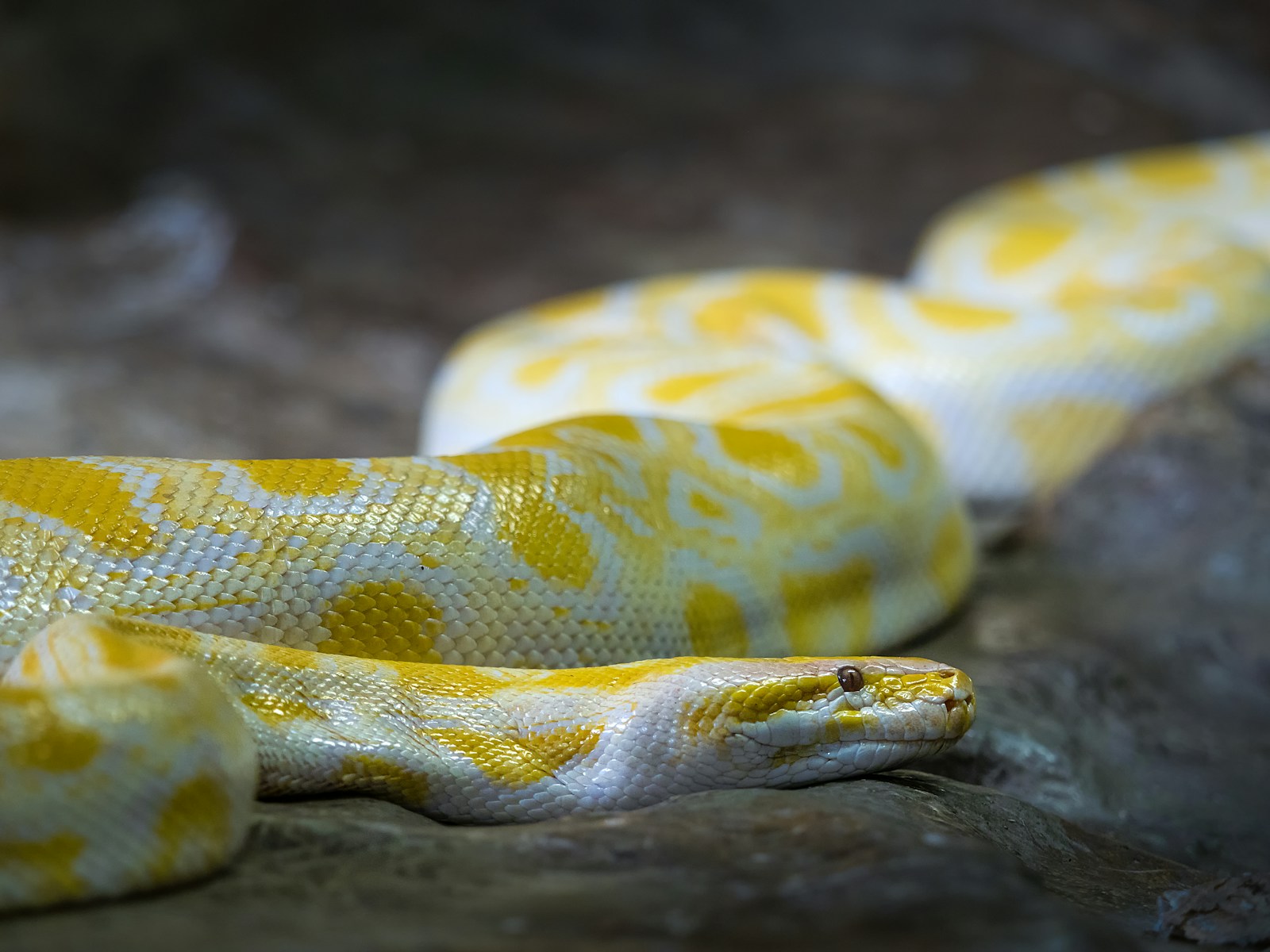
While no snake literally transforms to perfectly match its prey’s appearance over time, the relationship between diet and coloration in many snake species represents one of nature’s most fascinating adaptations. From toxin sequestration and carotenoid incorporation to developmental timing and geographic variation, snakes demonstrate diverse mechanisms by which their appearance connects to their feeding habits. These relationships highlight the remarkable ways evolution has fine-tuned predator-prey interactions and visual signaling in reptiles. Understanding these connections not only dispels myths but reveals a reality more complex and fascinating than fiction, reminding us that in nature, the truth often exceeds our imagination in both complexity and wonder.

